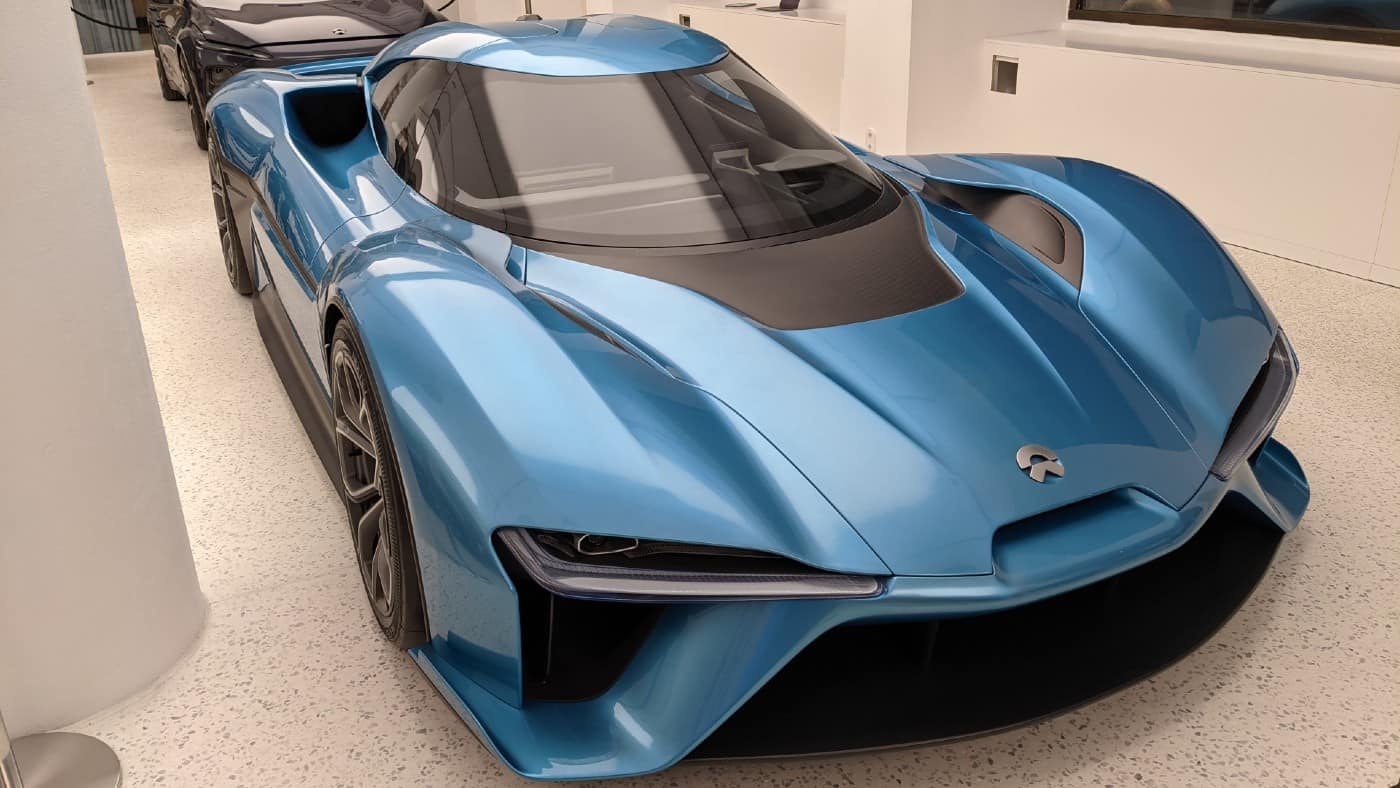There’s rarely a dull moment with NIO (NYSE: NIO) stock. Either it’s surging on some positive monthly electric vehicle (EV) delivery update or it’s on a downward spiral again for something totally unrelated.
So this is an extremely volatile stock and 2023 was no exception. It started the year at just under $10 and by August it was up by more than 50%. Then it plummeted to finish the year down 7% at $9.
Here, I’ll look at what happened with NIO in 2023 and consider whether I’d buy the shares in 2024.
Business performance
NIO releases its vehicle delivery numbers at the start of every month. As a long-term investor, such information doesn’t really tell me much and I think it just causes unnecessary volatility in the share price.
But for the full year 2023, NIO delivered a total of 160,038 vehicles, which represented a 30.7% increase over the year before. That’s impressive considering the tough global macroeconomic situation and the ongoing EV price war in the firm’s home market of China.
We don’t have the full-year earnings yet, but sales growth appears to be healthy, with its premium-priced products continuing to resonate with customers. It released a number of models last year, including the all-new ES6 SUV.
Unfortunately, the bottom-line picture isn’t as rosy. In Q3, the company reported an operating loss of $664m, which was actually up 25% compared to the comparative quarter in 2022.
We’re in a stock market environment today where investors want to see loss-making firms turning profitable or at least making progress towards doing so. NIO hasn’t demonstrated this yet, which probably explains the ongoing share price weakness.
Battery-swap partnerships
That said, things could be about to improve here. One distinctive aspect of NIO’s business model is that it operates battery-swapping stations. These give subscribing customers the option of swapping their vehicles’ depleted batteries for full-charged ones in as little as three minutes.
NIO has around 2,200 such stations, mainly across China but increasingly in Europe, and intends to add another 1,000 this year. Obviously, building out this infrastructure isn’t cheap, which is why a deal inked with Chinese auto giant Geely (owner of Volvo and Lotus) in November could be important.
Under this agreement, they will form a “co-investment, co-construction, shared, co-operative” model. This should be a win-win partnership as it eases some of the cost burden on NIO while eventually giving Geely’s EV customers access to cutting-edge battery-swap facilitates.
Reports say NIO is negotiating with other auto companies on potential collaborations. This does hint at the widescale licencing of its proprietary battery-swap technology, which could open up new growth avenues.
Would I invest at $7?
Meanwhile, the stock looks incredibly cheap trading on a price-to-sales (P/S) ratio of just 1.7. That’s significantly less than peers like Tesla (8.5) and Xpeng (3.4).
However, while the stock looks like a bargain, the EV market is increasingly competitive. So I fear the company will have to ramp up its marketing spend this year just to keep sales growing.
Therefore, I have no idea when profits will materialise, if ever. And this risk is preventing me from investing. But I’ll continue to monitor developments, and the stock remains on my watchlist.








